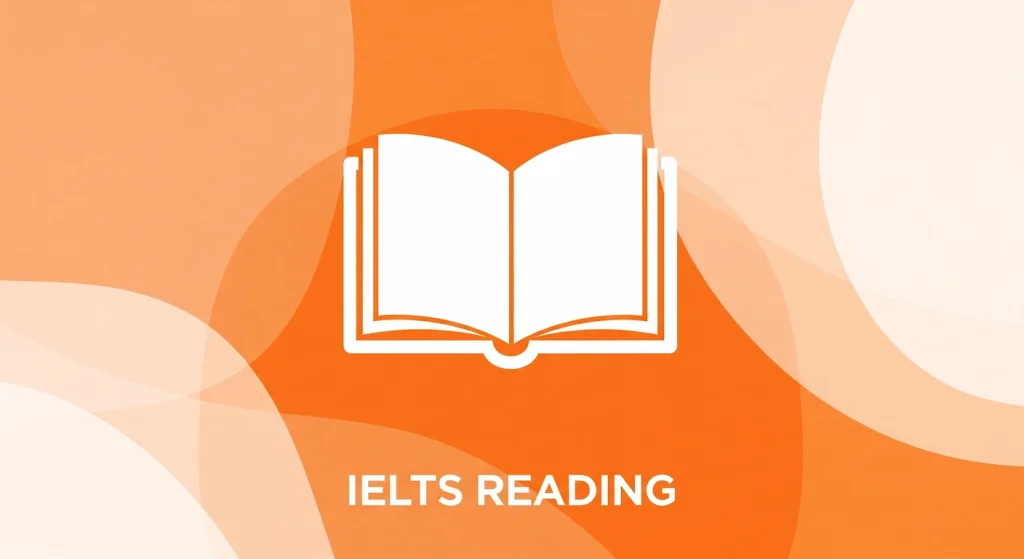
Preparing for the IELTS Academic Reading test can feel overwhelming, but understanding its structure and strategic approach can significantly boost your confidence and score.
Let’s break down everything you need to know about this crucial component of your IELTS journey.
The test consists of three lengthy passages, each containing approximately 700-950 words. This means you’ll be reading substantial academic content under strict time pressure.
With 60 minutes to answer 40 questions, you have roughly 1.5 minutes per question. However, successful candidates don’t allocate time equally to each section.
The first passage typically features straightforward, factual content with accessible vocabulary.
This section often includes tasks like matching information to paragraphs, diagram labeling, and summary completion that require direct information retrieval.
The middle passage serves as a transition, introducing more sophisticated vocabulary and analytical thinking. You’ll encounter question types like matching headings, True/False/Not Given questions, and matching sentence endings that demand deeper comprehension skills.
The final passage presents the most complex academic content with advanced vocabulary, abstract concepts, and sophisticated question formats. Expect to see Yes/No/Not Given questions about writer’s views, multiple choice questions, and table completion tasks that require critical analysis and synthesis.
Understanding whether questions follow the text order is crucial for your strategy:
Sequential Questions:
Non-Sequential Questions:
The Academic Reading question types in IELTS on computer are the same as in the IELTS on paper test. A variety of tasks is used including: multiple choice, identifying information (True/False/Not Given), identifying a writer’s views/claims (Yes/No/Not Given), matching information, matching headings, matching features, matching sentence endings, summary completion, note completion, and table completion.
However, on IELTS Reading test you’re limited in time, so you have to learn such reading techniques as skimming and scanning. Skimming is quickly reading the text to get only its main idea. Scanning means searching for specific phrases in the text to answer some questions.
Skimming: Read quickly to understand the general topic and structure
Scanning: Search for specific information, keywords, and details
In many ways, IELTS Reading is more of a vocabulary test than a reading test. The reason is that you need a wide range of vocabulary to understand the passages of text given to you. You must also be aware of synonyms and paraphrasing if you wish to identify the information required to answer the questions correctly.
Focus on:
Don’t stick rigidly to 20 minutes per passage. Since Passage 1 is typically easier, aim to complete it in 15-18 minutes, saving extra time for the more challenging final passages. This strategic approach acknowledges the test’s deliberate difficulty progression.
Focus on:
1. Question Type Mastery: Practice each question type individually before attempting full tests
2. Timed Practice: Regularly complete full 60-minute practice tests to build endurance
3. Error Analysis: Review mistakes to identify patterns and weak areas
4. Academic Text Exposure: Read widely from academic sources to familiarize yourself with complex sentence structures and vocabulary
Test-takers should be able to skim or speed-read about 200 words per minute. Work on improving your reading speed while maintaining comprehension through regular practice with academic texts.
1. Reading Every Word: You don’t have time to read everything in detail
2. Ignoring Instructions: If you write more than the number of words asked for, you will lose the mark
3. Spending Too Long on Difficult Questions: Move on and return if time permits
4. Overthinking: Trust your first instinct, especially for True/False/Not Given questions
Success in the IELTS Academic Reading test isn’t just about reading ability—it’s about understanding the test’s structure, mastering specific techniques, and applying strategic time management. Your aim is not to understand everything, but locate answers and win points.
Remember, the test is designed with a predictable structure and difficulty progression. By preparing strategically, practicing consistently, and applying the right techniques, you can approach your IELTS Academic Reading test with confidence and achieve your target score.
Start your preparation today by familiarizing yourself with all question types, building your academic vocabulary, and practicing with authentic materials. With dedicated effort and the right strategy, you’ll be well-equipped to tackle this challenging but manageable component of the IELTS exam.
Get instant, AI-powered feedback on your IELTS essays. Improve your writing, structure, and vocabulary with WritewiseAI’s world-class technology.